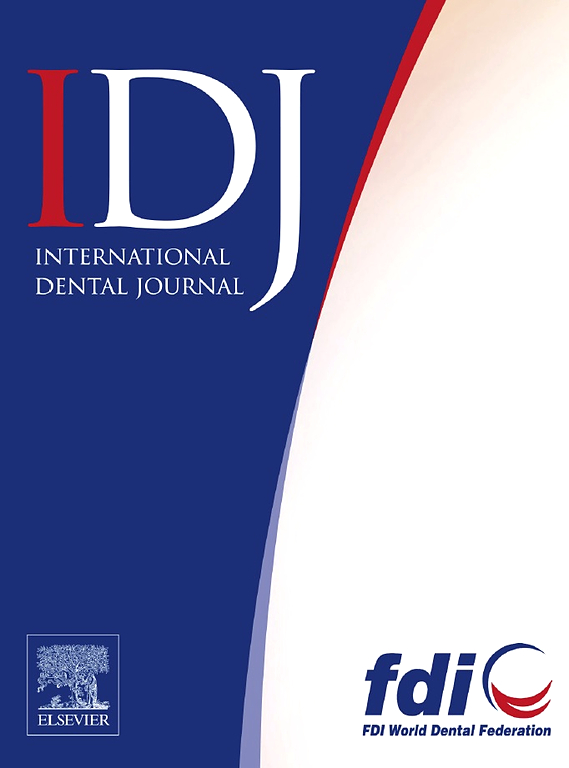红外热成像预测因子对牙科种植体截骨术的影响:一项体内外研究
IF 3.2
3区 医学
Q1 DENTISTRY, ORAL SURGERY & MEDICINE
引用次数: 0
摘要
本文章由计算机程序翻译,如有差异,请以英文原文为准。
Influence of Infrared Thermography Predictors in Dental Implant Osteotomies: An Ex Vivo Study
Objective
To evaluated the contribution of irrigation, drill type, motor, and dental implant system on infrared thermographic variations in osteotomies.
Methods
Osteotomy sites for 240 implants were prepared with three implant systems (Arcys, NeoBiotech and Osstem), with 80 samples analyzed in each group. Each group was further subdivided according to the drilling conditions (with and without irrigation) and motor type (Coxo, W&H, Dentflex, Driller). The drill sequence included baseline, pilot, second and third drills at 1200 rpm and 40 Ncm. Infrared thermographic measurements were performed using a Fluke TiS55+ camera, with a resolution of 220 × 165 pixels and a temperature range of −20 °C to 450 °C. Statistical analysis consisted of ANOVA with Bonferroni post hoc test and linear regression model, with a view to evaluate the influence of the variables on final temperature changes.
Results
Irrigation caused a much lower temperature across all implant systems (P < .001). When not irrigated, Arcys showed the highest temperatures, while in both NeoBiotech and Osstem the heat dissipated better. The Bonferroni post hoc test revealed no significant temperature difference existed among implant systems without irrigation. With irrigation, however, Arcys had a higher temperature than NeoBiotech and Osstem (P < .001). The type of motor had no statistically significant influence on the temperature of the final drilling (P > .05). Based on the regression analysis, the baseline, pilot, and second drill temperatures were the strongest predictors of the final drill temperature, with irrigation influencing the effects of the drill temperature.
Conclusion
Irrigation decreased the thermal stress during osteotomy, while NeoBiotech and Osstem showed better heat dispersing abilities. The motor type does not have a significant influence on the temperature differences. These findings establish the basic need for effective irrigation protocols to avoid thermal osteodisruption and promote osseointegration in implantology.
求助全文
通过发布文献求助,成功后即可免费获取论文全文。
去求助
来源期刊

International dental journal
医学-牙科与口腔外科
CiteScore
4.80
自引率
6.10%
发文量
159
审稿时长
63 days
期刊介绍:
The International Dental Journal features peer-reviewed, scientific articles relevant to international oral health issues, as well as practical, informative articles aimed at clinicians.
 求助内容:
求助内容: 应助结果提醒方式:
应助结果提醒方式:


